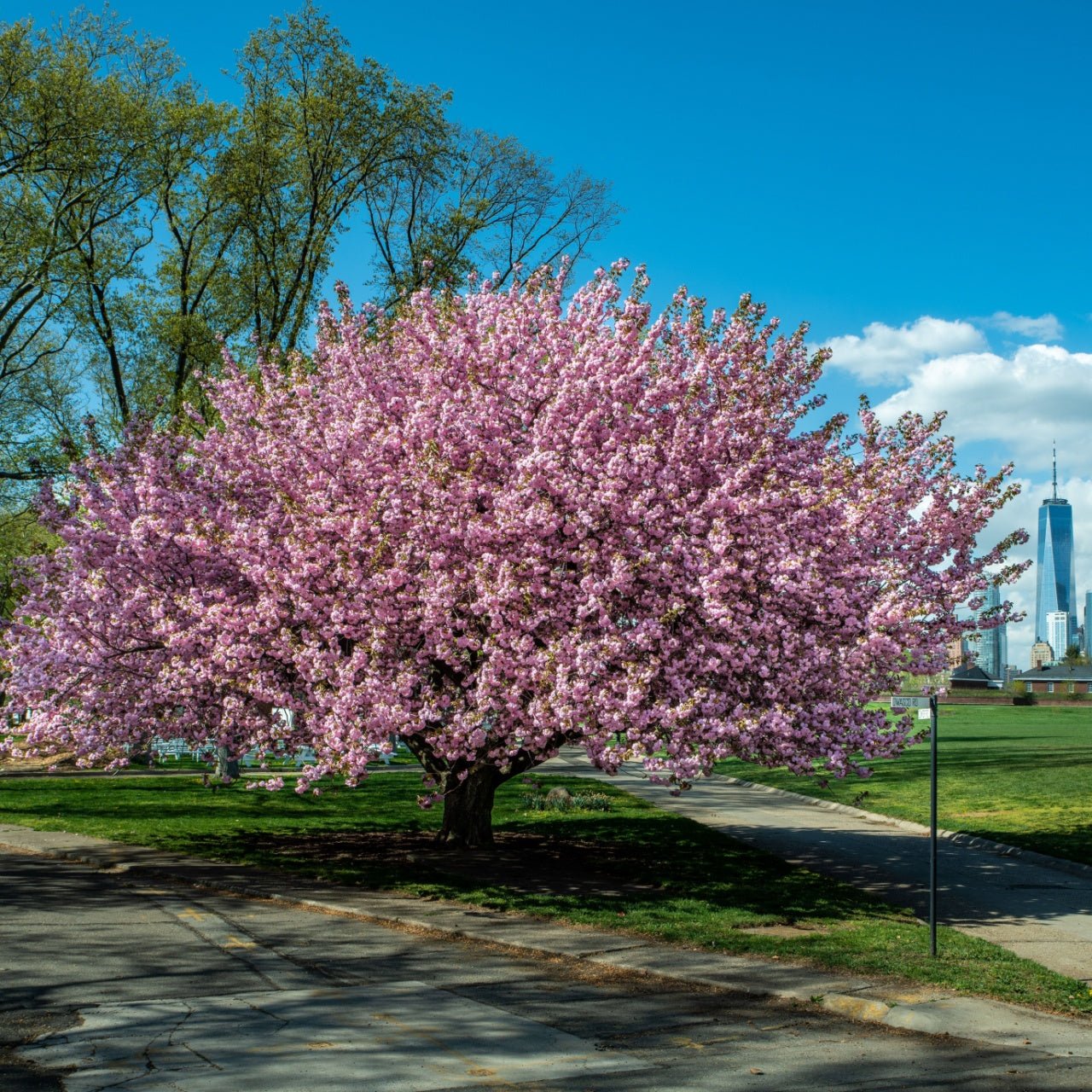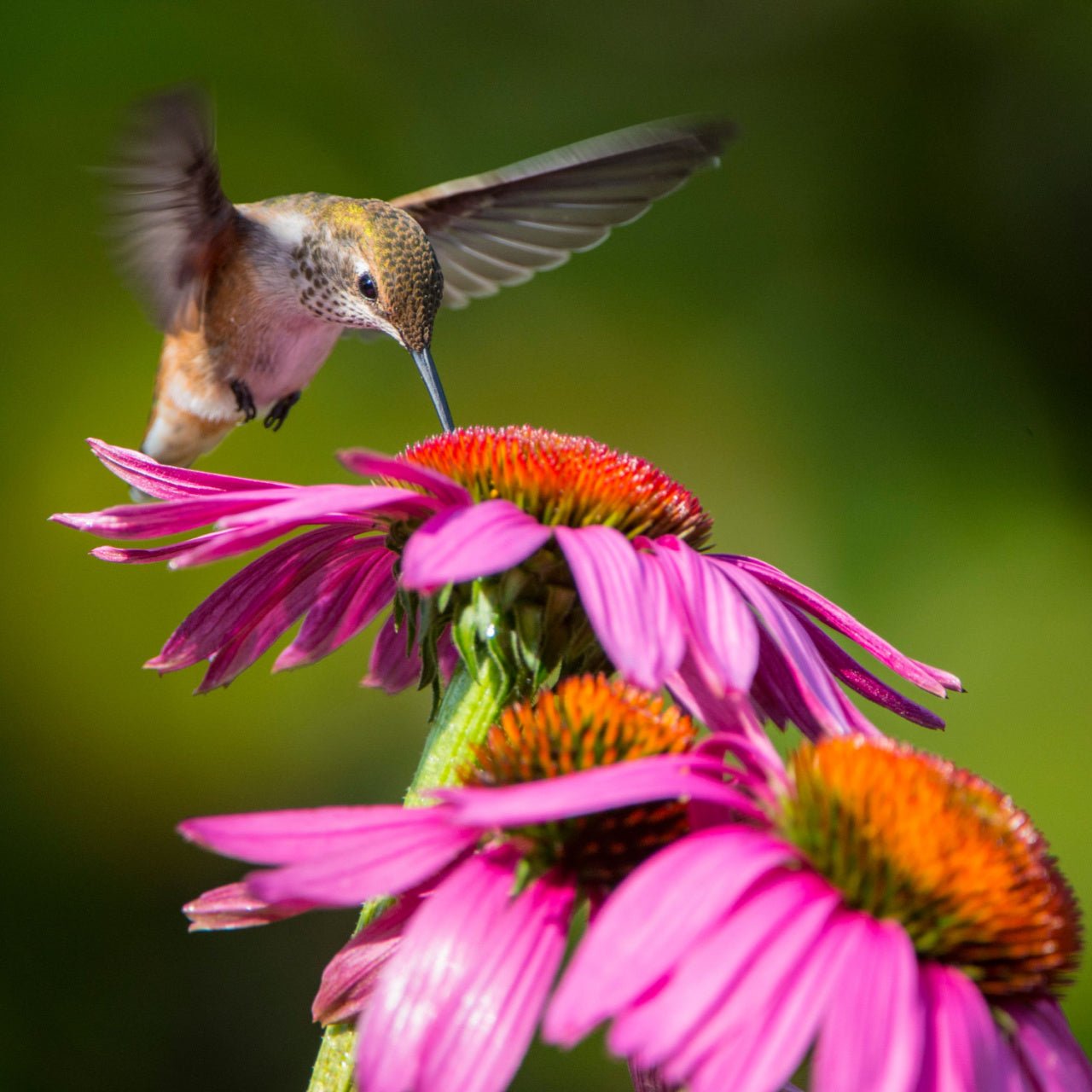
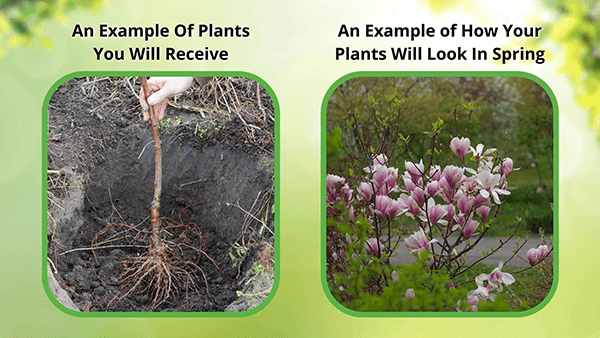
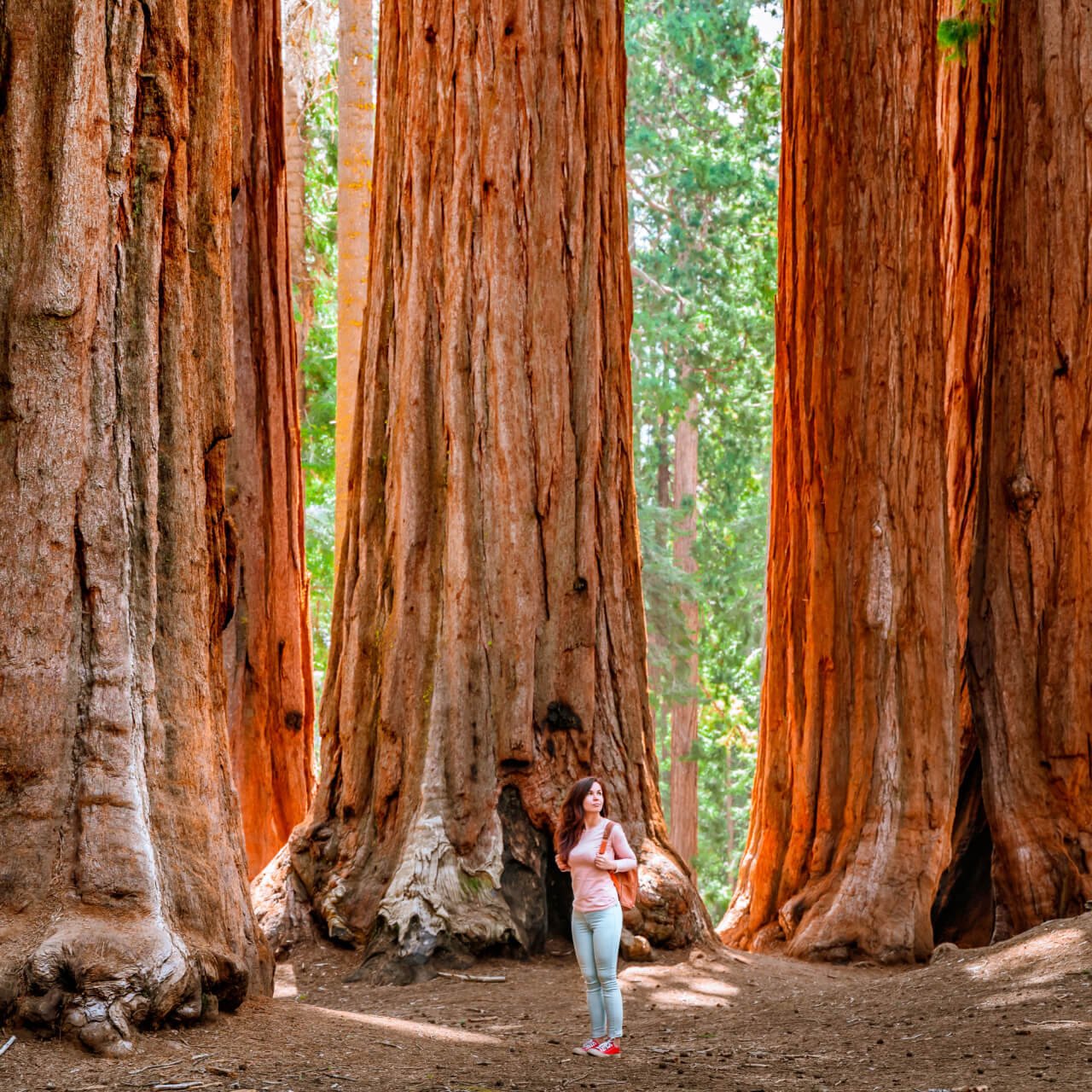

Redwood Tree
Longevity and timeless beauty
Creates a majestic, shaded area
Excellent for carbon sequestration
Thrives in
ZONE 7ZONE 8ZONE 9This plant ships:
November 20251 Year Guarantee on all plants
Redwood Tree - Sequoioideae
The magnificent Redwood Tree is genuinely one of the natural wonders of the world. These evergreen trees are incomparably large and can grow up to 370 feet tall and their trunks can reach a diameter of 26 feet. The average age of one of these giants is 800-1,500 years, but the oldest redwood is estimated to be over 3,500 years old. This tree is named Methusalah and is found in the Inyo National Forest in eastern California. These trees absorb a massive amount of carbon dioxide from the atmosphere - more than any other tree, in fact.
Plant Details - Redwood Tree
Family: Cupressaceae
Light Requirement: Full sun, partial shade
Water Needs: High
Height: Up to 370 ft
Spread: 25-40 ft
Growth Rate: Rapid, moderate after mature
Soil Preference: Loamy, well drained
Season of Interest: Year round
Wildlife Value: Food and habitat for mammals, insects, birds, and more
Notable Characteristics - Redwood Tree
The trunks are remarkably straight with thick bark that is soft and fibrous. The Redwood Tree has two types of bright green leaves, one that performs photosynthesis and one that absorbs water molecules from the air and are found closest to the trunk on the inner branches. Redwood trees are primarily asexual reproducers, and reproduce by sprouting from the crown or stump.
Landscape and Maintenance
Scientists and civilians alike are constantly marveling at the lifespan and size of these trees, and wondering how these ancient giants manage it. There are multiple reasons why these evergreens can grow this large and evade death, and most of them are in its biological composition. Their wood has a high tannin content which wards off insects and their accompanying diseases. Their thick bark resists all but the hottest fires and their high branches make it hard for fires to even reach. The complex soil on the forest floor provides much needed nutrients from its own biotic community. Aside from logging, the main cause of death of Redwoods is windthrow, surprisingly, given their size. The Redwood Tree lacks a taproot, so its roots only go down about 10-13 before extending outward nearly 100 feet. They are shockingly easy to uproot given their size. These ancient, glorious trees are truly a special sight to behold, and absolutely something to be protected for all time.
This Is How Your Plants Will Look upon Delivery

Height at Maturity
Over 25 Feet
Care
Redwood trees thrive in well-drained, sandy loam soil. Keep the soil damp, specifically during dry bits. Mulch the base to hold moisture and insulate the roots. Trim only to remove broken or dead branches. Regular watering is vital for healthy growth.
Plant Reproduction
Redwood tree spreads primarily through seeds and sprouts.
Plant bare root trees during the dormant season in early spring or late fall (November through April). Dig the hole twice as wide as the roots so the soil is well-drained. Position the tree so the root flare is at or just above ground level. Fill the hole back with the soil you dug from and water. Maintain soil moisture, especially in the tree's early years, by providing deep, regular watering. Apply a 2-4 inch mulch away from the trunk at the base to retain moisture and suppress weeds. Prune trees during the first few seasons to establish strength and resilience, remove damaged branches, and continue maintenance pruning as the tree matures. Regularly inspect for pests and diseases and apply integrated pest management practices. Protect young trees from mechanical damage and extreme temperatures with tree guards, and stake them if necessary for support, removing the stakes after one or two years.
Shipping date depends on the date displayed and chosen when you order from the product's page.
We only accept returns on plants verified dead. If you think your plants have died, we offer a 1 year warranty, please use this File a Claim Link to verify dead plants and start with return warranty process.





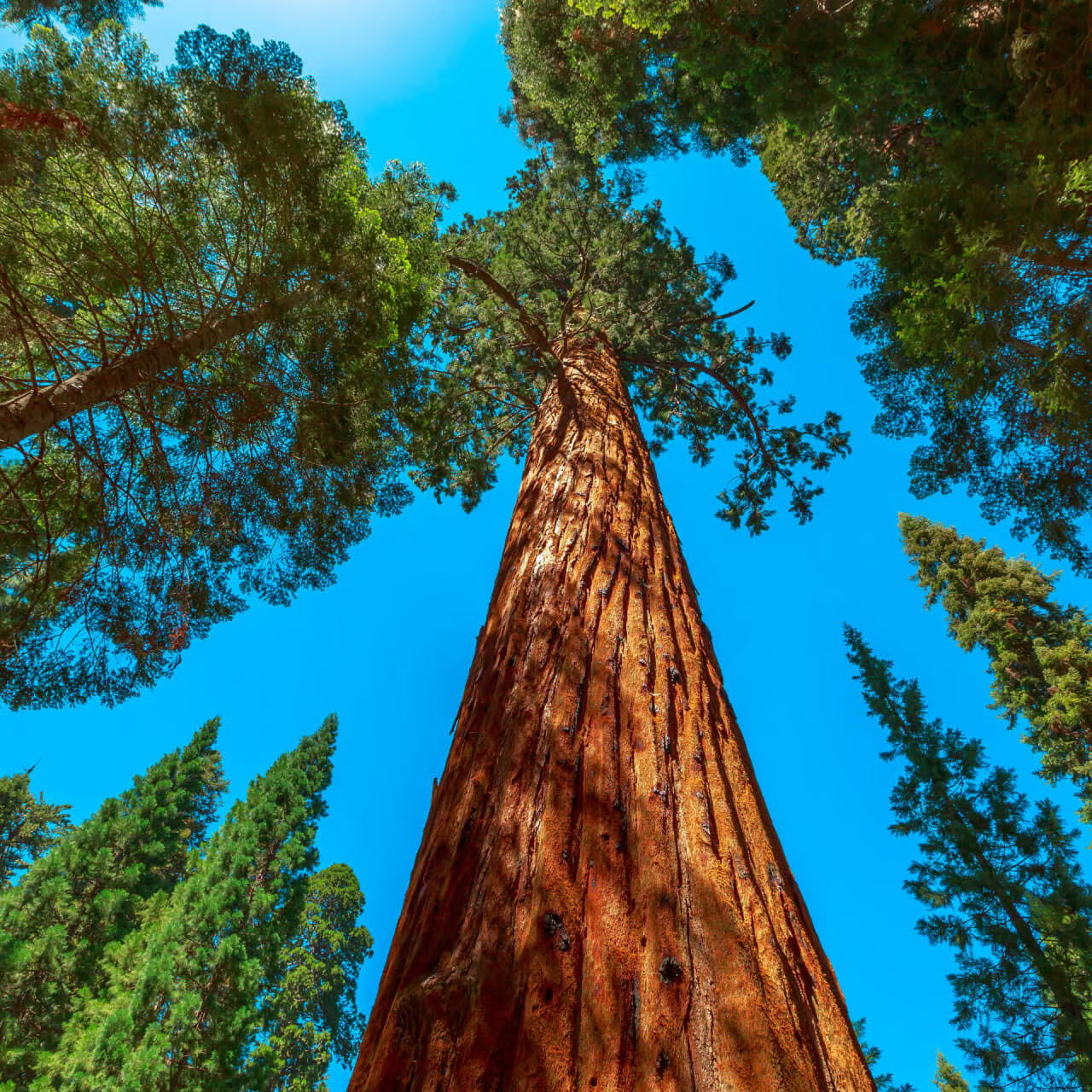
Remarkable Growth:
Quickly reaches up to 100 feet tall with a striking pyramidal shape that matures into a grand, rounded form.
Majestic Beauty:
Features unique, dense pine needles and distinctive reddish-brown bark, adding stunning visual appeal.
Exceptional Shade:
As the tallest tree species, it provides expansive shade, enhancing your outdoor space.
Ecological Value:
Supports diverse wildlife, including owls and deer, creating a vibrant garden ecosystem.
Caring Tips
How do I care for my Redwood Tree?
Each box contains detailed care instructions and information about your product. But here's the basics.
Care Tips
Redwood trees thrive in well-drained, sandy loam soil. Keep the soil damp, specifically during dry bits. Mulch the base to hold moisture and insulate the roots. Trim only to remove broken or dead branches. Regular watering is vital for healthy growth.
Light Requirements
Redwood trees thrive in full sun. They prefer bright, direct sunlight but can tolerate some shade, especially when young. Adequate light helps them grow tall and strong, ensuring healthy development and robust foliage.
Hardy Planting Zones
7 • 8 • 9
Header
Use this content to share information about your store and products.
Frequently Asked Questions
How often should I water my plants?
How do I know if my plant is getting too much or too little sunlight?
What should I do to prepare my plants for winter?
What are the signs that my plant needs fertilizing?
How can I prevent pests from damaging my plants?
How do I choose the right plant for my climate zone?





